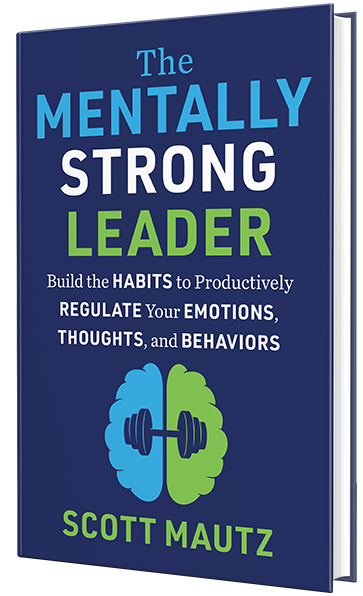
Every person’s experience with change is shaped by their past experiences with it. These experiences can form biases, fears, assumptions, and perceptions that can negatively affect the individual’s ability to embrace and flourish in future change. So, understand and address this reality head-on. As I share in my (#1 bestselling!) new book, Leading from the Middle: A Playbook for Managers to Influence Up, Down, and Across the Organization, the best way to do so is to conduct what I call, 1 on 1 Change Conversations.
These are leader-initiated, empathy driven discussions between boss and each individual employee (note: you can also initiate this discussion with your boss, too). In having these conversations, the idea is to give employees the chance to voice their concerns, share emotions, experiences, insights, and ideas. This also allows you to understand the “support continuum.” Meaning, regarding the change, is the employee:
• a passive resistor? (they quietly oppose it)
• an active resistor? (they openly oppose it)
• neutral to it?
• a passive supporter? (they quietly support it)
• an active supporter? (they openly support it)
Asking employees where they are on the spectrum enables good discussion and helps you understand where they’re at with the change. To help them become active supporters, actively listen, show empathy, and help them overcome individual barriers that surface. Help employees articulate how the change could lead to professional and personal benefit. Help them get unstuck from their old narrative to write a new story.
It can also be powerful to let employees know that the ability to adapt effectively to change is critical for their development and progression. I surveyed 1,000 top executives around the globe, asking them what the leading indicator of a high-potential employee was; that is, the most important signal that someone should be moved upward quickly in their organization. “Ability to thrive in change” consistently ranked number one, above having a continuous improvement mindset, the ability to influence upward, having a mix of visionary and executional skills, and decisiveness.
Here’s a time-tested set of a dozen prompts to enable this important 1 on 1 discussion. Ask employees these specific questions to understand what’s getting in the way of (or what would help) the successful adoption of the change being implemented.
1. “Obviously, we’re going through a lot of change. How are you feeling about it? What questions does it create?”
2. “Change often causes us to give up or lose something. What do you fear giving up or losing?“
3. “What about this change leaves you feeling uncertain/worried?”
4. “What part of this change is creating an obstacle for you?”
5. “Do you anticipate unintended consequences as a result of this change?”
6. “What’s been your experience with other changes you’ve been through?”
7. “How might you benefit from this change? What part of the change presents the greatest opportunity for you?”
8. “Do you understand your role in this change?”
9. “Do you understand what’s expected of you with this change?”
10. “How committed are you to making this change work, on a scale from 1 to 10?” (or use the support continuum described above)
11. “What resources or assistance do you need to make this change work?”
12. “Any thoughts on how this change might best be implemented or things to watch out for?”
Get my new book, an Amazon #1 BEST-SELLER in multiple categories! Leading from the Middle: A Playbook for Managers to Influence Up, Down, and Across the Organization can be ordered here https://amzn.to/3as5tK8 OR… Get a massive BONUS BUNDLE by ordering copies for your team (5 or more) here: http://lftm.bulkbooks.com/ Check out a detailed book description here: https://bit.ly/2MLe5Do





Leave a Reply